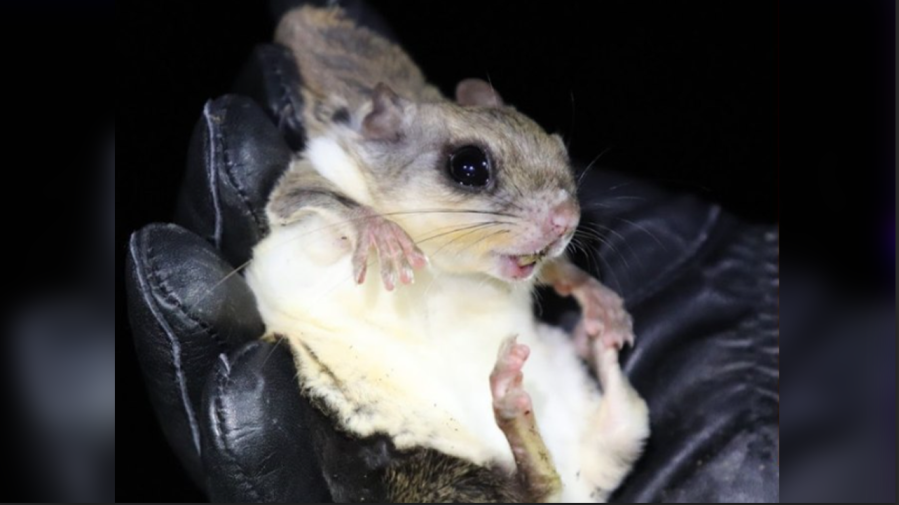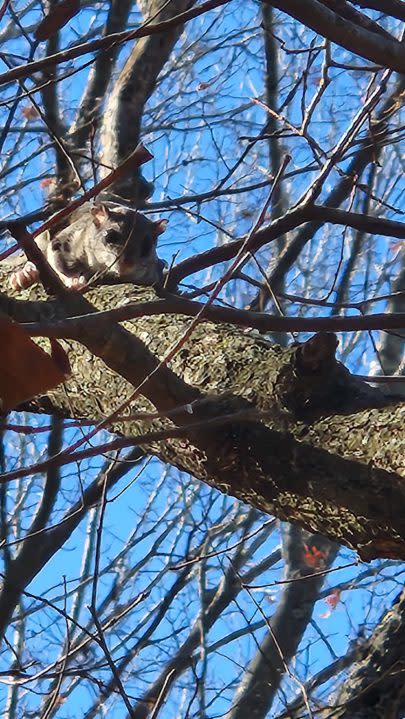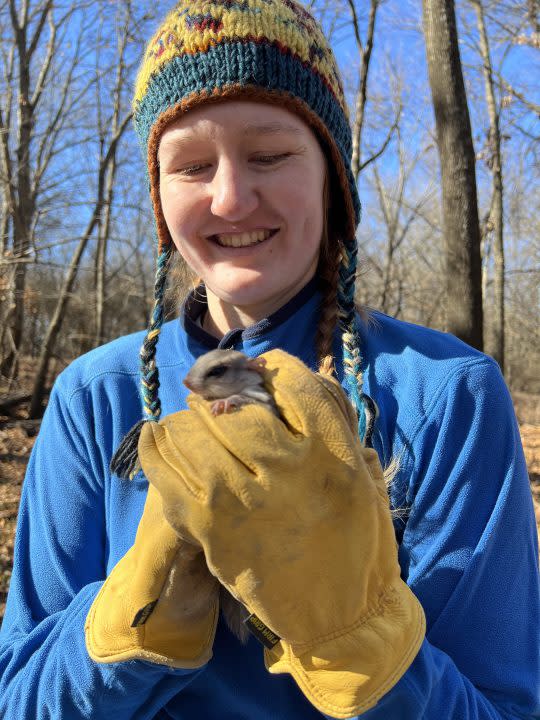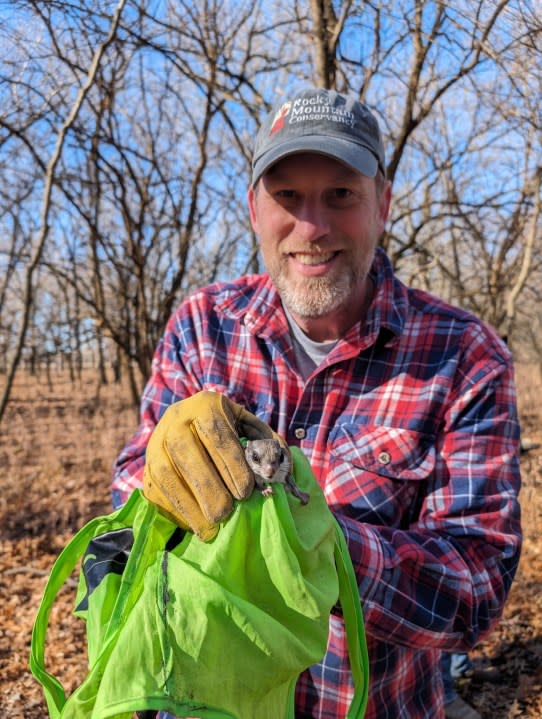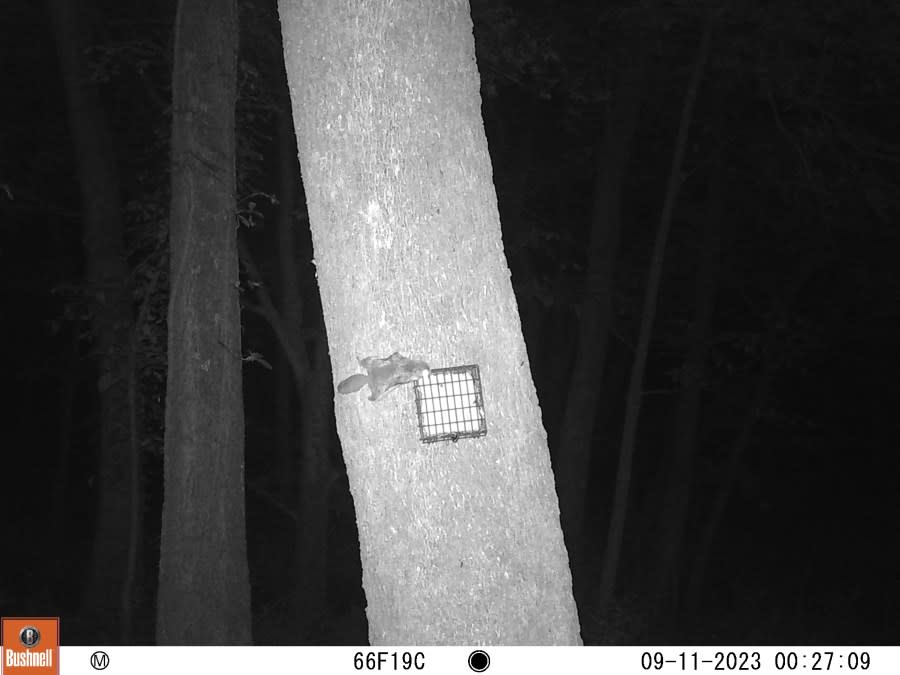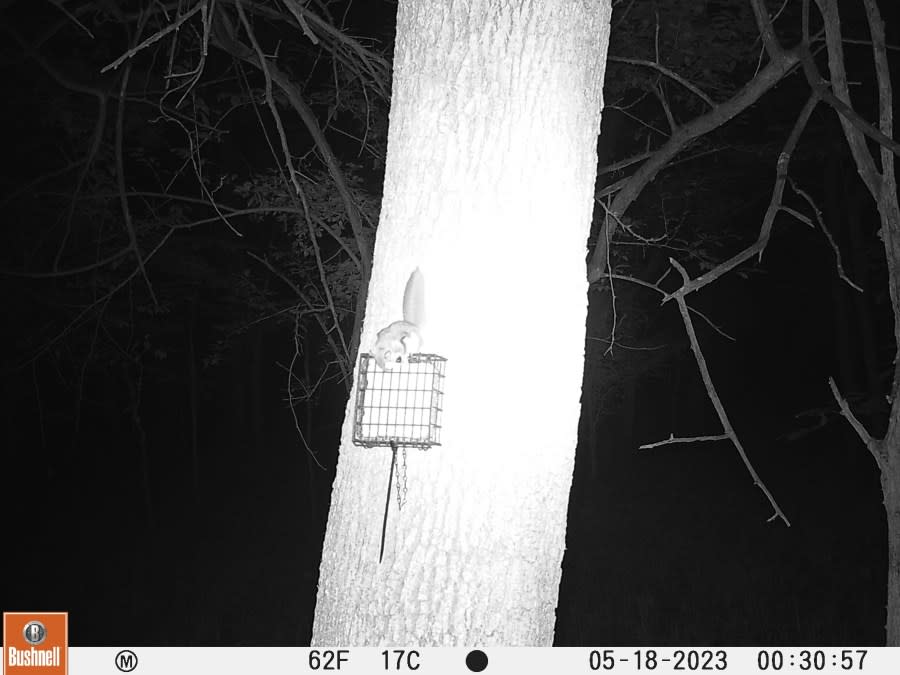Biologists studying elusive Kansas flying squirrels make surprising discovery

TOPEKA (KSNT) – Biologists are making progress in studying one of Kansas’ most elusive and mysterious nocturnal species.
Flying squirrels may not be the first animal that comes to mind when thinking about the Sunflower State, especially given the abundance of prairie habitat. However, biologists have found them living in the state’s few forested areas, often right under (or above) the noses of unsuspecting Kansans.
Adam Ahlers, an associate professor with Kansas State University’s Department of Horticulture and Natural Resources, says an extensive survey is underway to study the animals. The project aims to find out more details about the southern flying squirrel populations in Kansas such as their genetic information and population structure.
“Our goal for when this project finishes is to present Kansas Wildlife and Parks with a map of where the squirrels are at,” Ahlers said.
Problem pests target Kansas farm crops
The project started last year as a joint effort from K-State and the Kansas Department of Wildlife and Parks (KDWP). Ahlers says around 170 sites across Kansas have been surveyed so far with the goal set for 300 by the end of the project’s timeline in 2025.
“We know they’re [flying squirrels] in Kansas, but not much is known about where they occur and their abundances,” Ahlers said.
Zack Cordes, an ecologist with the KDWP, says the squirrels are generally found in the eastern third of the Sunflower State living in stands of dense trees. They are rarely seen by people as they only come out at night and are recognized as the only nocturnal squirrel variety in the state. Most of their food sources consist of fruits, seeds, nuts and insects.
Predators for the species include bobcats, coyotes, foxes, snakes and owls. As with other flying squirrels, this species doesn’t actually fly. The southern flying squirrel uses specialized flaps to glide through the air after jumping off trees or structures, much like people might use a hang glider.
Kansas ticks spread deadly diseases, KDHE post warning
Cordes says the southern flying squirrel is listed as a Species in Need of Conservation (SINC) in Kansas. They were first put on this list in 1987 due to habitat degradation and the introduction of invasive species impacting the squirrel’s survival.
“It’s a nocturnal and secretive species,” Cordes said.
(Photo Courtesy/Kansas Department of Wildlife and Parks) (Photo Courtesy/Adam Ahlers) (Photo Courtesy/Adam Ahlers) (Photo Courtesy/Adam Ahlers) (Photo Courtesy/Adam Ahlers) (Photo Courtesy/Adam Ahlers)
Survey efforts have been successful in finding the squirrels using trail cameras posted in trees near bird feeders. More surprising is the fact that the squirrels have been found in densely populated areas and in smaller stands of trees away from forests.
“We’re really happy with how its [the survey] going right now,” Ahlers said. “We all had a gut feeling the squirrels are more widespread than we thought.”
Warm weather pushes snakes into Kansas homes
Ahlers says the squirrels have been found living in urban areas such as deep inside Kansas City. Populations were also located as far west as Elk City in southeastern Kansas along with areas around Perry Lake in the northeast part of the state.
The survey workers, many coming from K-State, will continue their surveys of the squirrels into next year by documenting their movements with the use of radio collars. You can learn more about their efforts by checking out this article from K-State’s Research and Extension office.
For more Kansas Outdoors, click here. Keep up with the latest breaking news in northeast Kansas by downloading our mobile app and by signing up for our news email alerts. Sign up for our Storm Track Weather app by clicking here.
Follow Matthew Self on X (Twitter): https://twitter.com/MatthewLeoSelf
For the latest news, weather, sports, and streaming video, head to KSNT 27 News.
